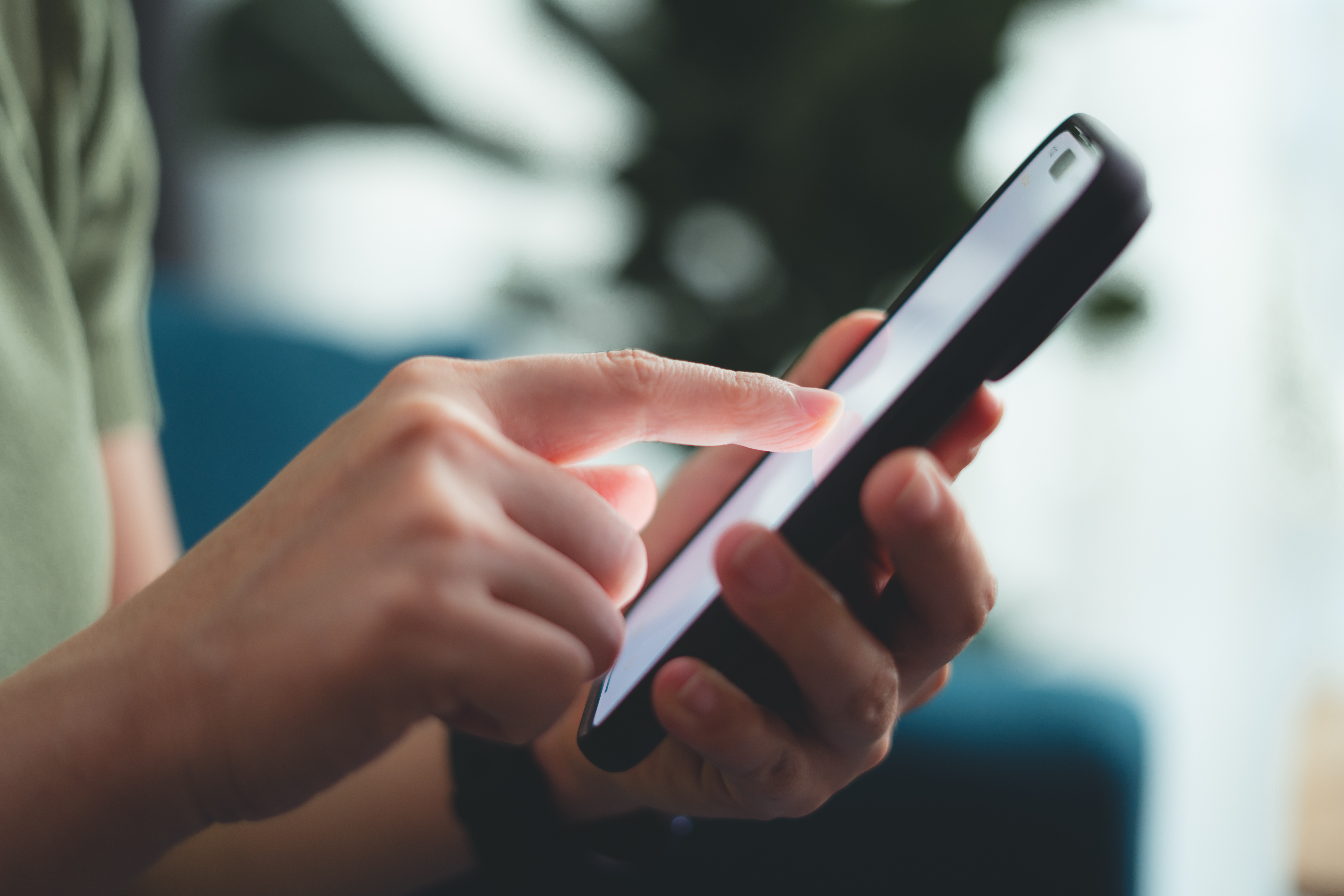
Patients who video their medical treatment for uploading to social media risk publicising other patients’ medical information and compromising their own treatment, the Society of Radiographers has said.
These videos also make healthcare staff uncomfortable and anxious – which can similarly undermine treatment.
The SoR therefore argues that clear policies should be in place that prevent patients from photographing or filming clinical procedures without permission.
'Uncomfortable and anxious'
Ashley d’Aquino, a Therapeutic Radiographer working in London, says that an increasing number of patients are choosing to film their own medical treatment for TikTok or Instagram. Ms d’Aquino told the Society of Radiographers’ Annual Delegates’ Conference that she had been approached by other members of staff, in her capacity as union rep, to discuss patients recording an aspect of their cancer treatment.
“I had one patient whose relative started filming while I was trying to set up the treatment,” she said. “It wasn’t the right time – I was trying to focus on delivering the treatment.
“We had another member of staff who agreed to take photos for a patient. But when the patient handed over her phone, the member of staff saw that the patient had also been covertly recording her, to publish on her cancer blog.
“As NHS staff, we wear name badges, so our names will be visible in any video. It makes people feel very uncomfortable and anxious.”
'Feeling unsafe in your own hospital'
A radiology department assistant from the South Coast had a similar experience when she was cannulating an oncology patient, and the patient’s 19-year-old daughter started filming the procedure.
“She wanted to record the cannulation, because she thought it would be entertaining on social media,” she said. “But she didn’t ask permission.
“In the next bay, a patient was having consent taken for a virtual colonoscopy, which is an invasive and potentially embarrassing procedure. That could have all been recorded on the film – including names and dates of birth.
“Anyone could be in the room – you don’t know their personal story. There are people who come into our department who have a limited social media presence because of risks to their safety. Patients filming make them feel unsafe in their own hospital.
“I spent the weekend afterwards worrying: did I do my job properly? I know I did, but no-one’s perfect all the time, and this was recorded. I don’t think I slept for the whole weekend.”
She has also witnessed patients attempting to take photos of her department’s scanners. “People on social media start discussing what’s going on without understanding what the scanner is or what it does,” she said. “But they know it involves radiation. So that may create fear among people.”
'Does it breach our ability to deliver care?'
Ms d’Aquino points out that there are valid reasons for patients to record medical conversations. “Patients making audio recordings of consultations, for example, can enhance their understanding and retention of medical information,” she said. “The difficulty is that our phones have become so much a part of our day-to-day life that recording and sharing our lives has become second nature.”
Dean Rogers, SoR director of industrial strategy and member relations, emphasises that this is a problem that affects not just radiographers, but all healthcare workers.
“As healthcare professionals, we need to think: does that recording breach the confidentiality of other patients? Does it breach our ability to deliver care?” he said.
“There are hospital trusts that have very good policies around patients taking photos and filming procedures. But this is something all trusts need to have in place. Patients shouldn’t be filming in hospitals without staff knowledge and permission.
“Hospitals need to ensure that they meet the needs of patients, while also looking after staff members’ wellbeing. And, in this case, safeguarding the one simultaneously safeguards the other – allowing healthcare professionals to do their job in safety, while also protecting patients’ privacy and helping them to receive the best possible care.”
(Image: Photo by Jajah-sireenut, via Getty Images)
